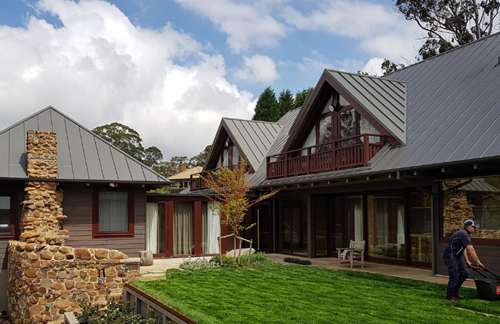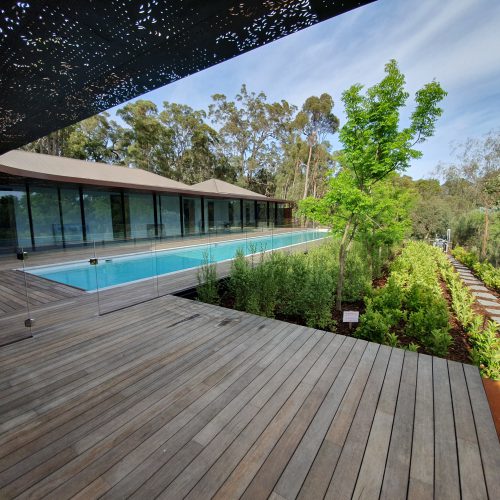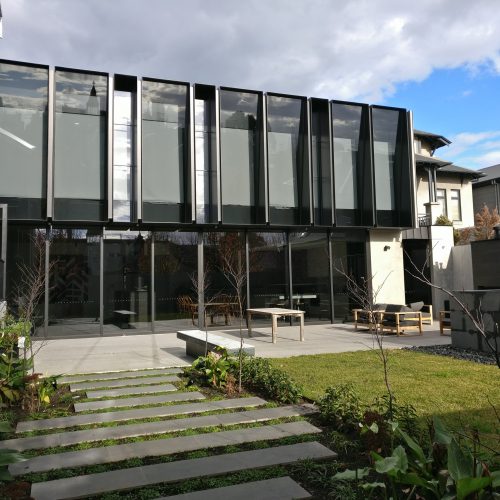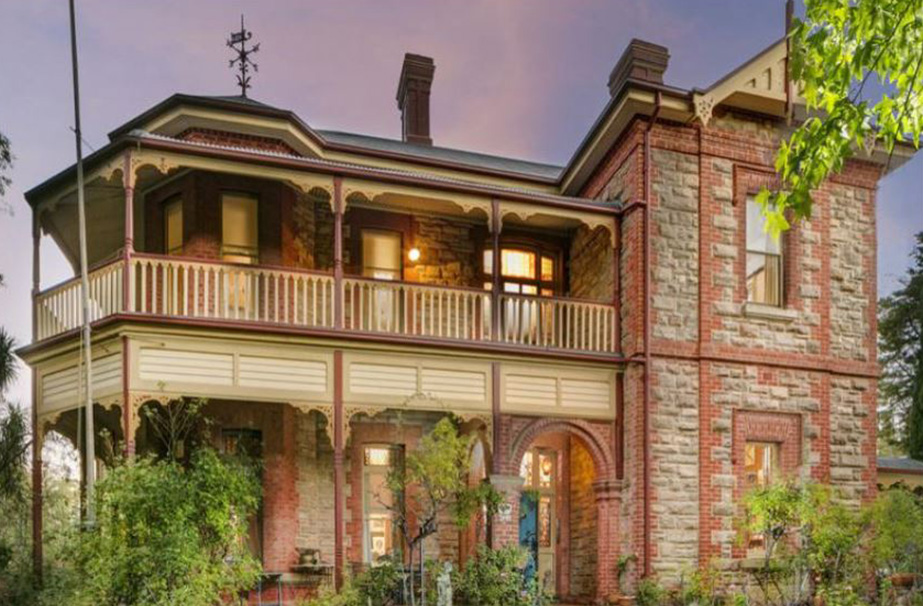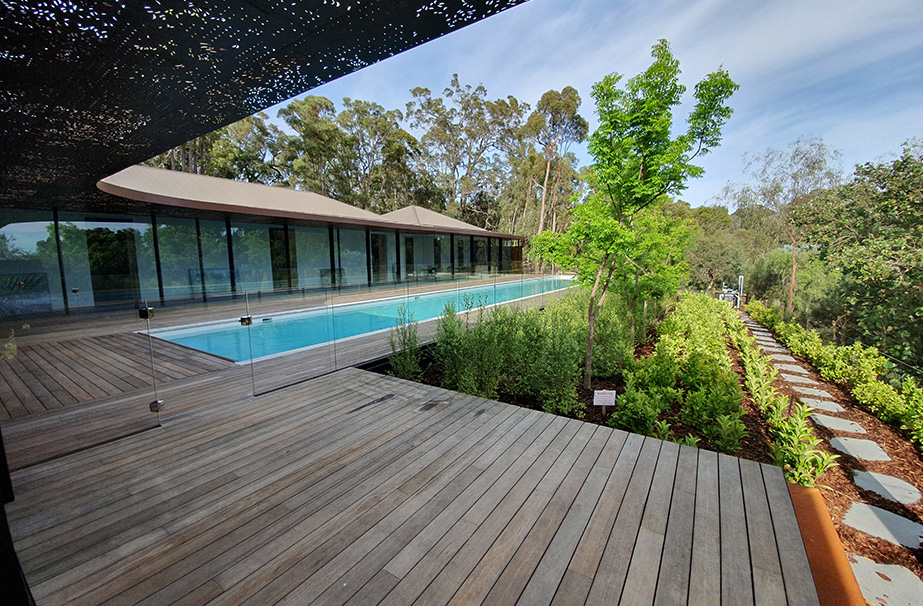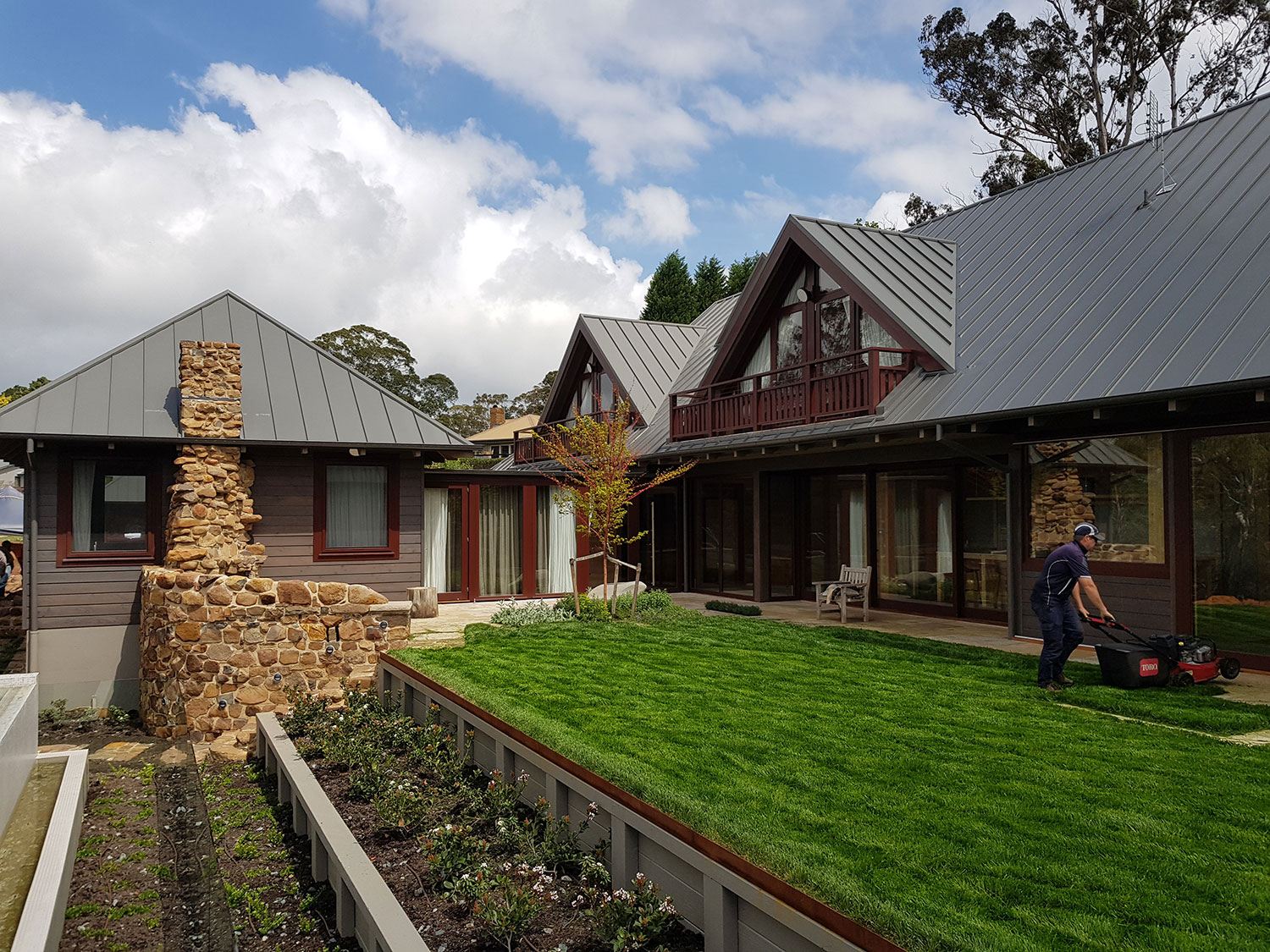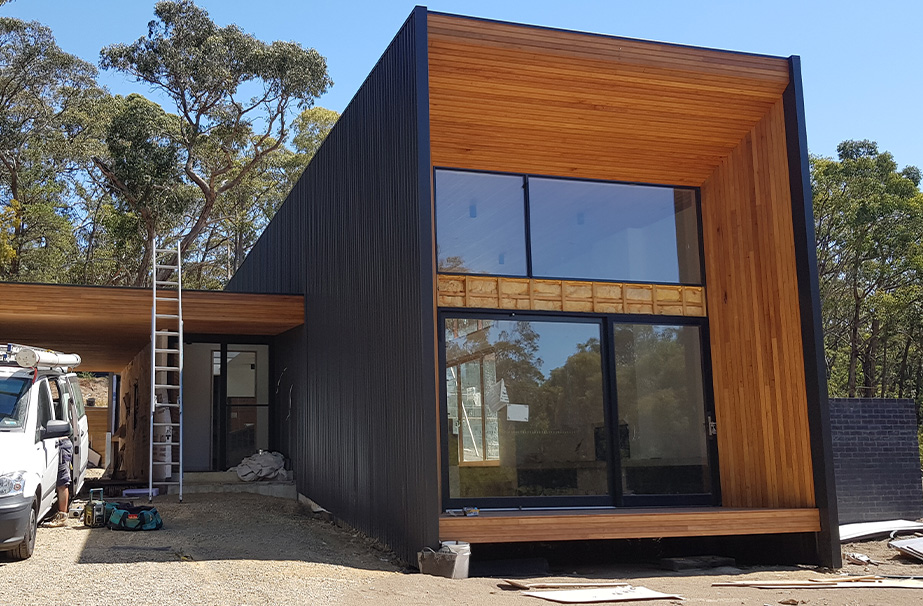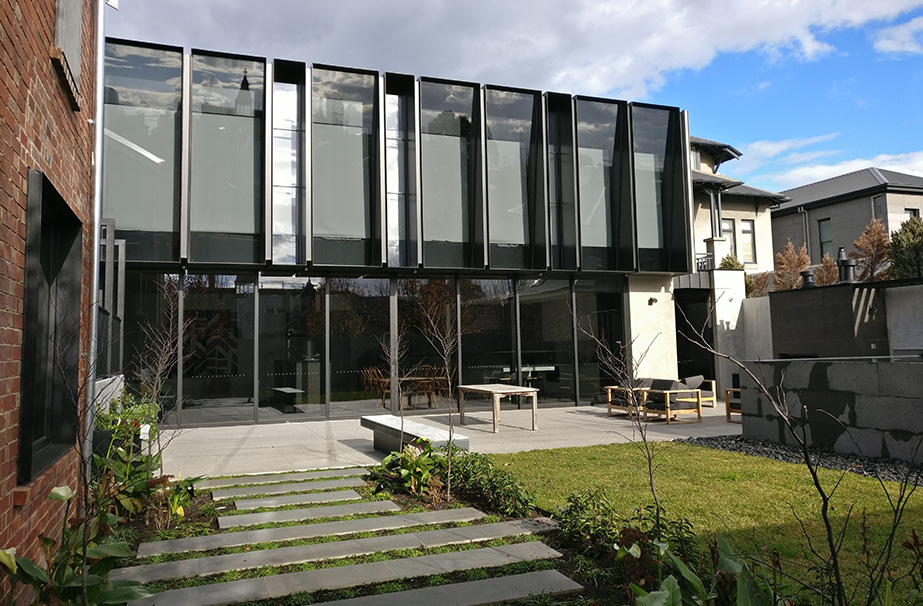Buildings & Energy Use in Australia
Buildings in Australia are responsible for the majority of energy use in the country: over 50%. It is widely publicised that 60% of the total energy used by buildings is due to air conditioning and hot water consumption: around 30% of total energy used in the country.
The vast majority of this energy is sourced from fossil fuels directly responsible for carbon emissions. In-home & in-business gas consumption and power stations that consume coal and gas are responsible for these carbon emissions.
Although renewable energy gets a lot of publicity, the actual percentage of solar and wind power is very low compared to fossil fuels utilised to produce energy or heat.
Energy use minimisation forms the central pillar of our designs, with emphasis on carbon emissions reduction together with acceptable financial feasibility of our proposed solutions.
Residential Buildings
For individual homes, we look closely at the type of house, the size of the house and what objectives the client has. If a geothermal system is applicable, we usually apply closed loop geothermal systems, utilising vertical loops due to confined spaces inherent on residential properties. We utilise both vertical and radial drilling (see Geothermal Drilling). Horizontal loops are advised in large properties that have open ground of 2000m2 that has few rocks. This can be more cost effective than vertical loops.
Single houses are an ongoing challenge, with most renewable energy aspirants failing to appreciate the long-term nature of ‘green home’ investments. For many homeowners the costs can be prohibitive and the payback periods too long. We advise people on how to approach home design and assist architects with fine tuning their ideas on optimal energy efficient design. Usually, the additional cost of a high-end solution will offer a payback of between 8 and 15 years, depending on the usage.
Large & Luxury Homes – Geothermal & Hybrid Systems
Typically, we apply single-home geothermal and hybrid GSHP/ASHP systems to quite large homes only, as it is these homes that consume a lot of energy. Thus, a homeowner can achieve a reasonable payback for the additional cost of drilling the geothermal bore holes.
Astute homeowners who understand the energy required to heat/cool a large house and heat pools and spas, are those who install geothermal systems.
We seek to help luxury home designers and owners to keep homes cool/warm and pools & spas heated. Energy solutions typically include solar technologies and geothermal/air sourced hybrid heating and cooling systems. All systems are specified, sized and integrated to offer a single optimal solution that considers all known and proven technologies. Although installation costs can increase by up to 50%, this is typically paid back over the medium to long term and adds significant value to any property from the outset.
Large Scale Housing Estates – Geothermal District Systems
A new approach to residential housing estates is emerging, with developers now planning an estate-wide approach to energy efficiency and high Green Star rating home design. Prompted by government changes to the Building Code of Australia and other macro changes, such as removing fossil fuels (mainly gas) from the energy mix, a shift is occurring in attitudes and approaches to energy efficiency.
A combination of renewable energy and energy efficiency measures will allow entry-level home buyers to benefit from embedded renewable energy infrastructure, using less power and paying less for energy consumed. Historically, geothermal heating and cooling have been inaccessible to first-home buyers. All this will change in the coming years as the pathway to gas-less communities continues to strengthen.
An illustration highlighting the difference between geothermal and conventional heating & cooling systems in a planned gas-less housing estate in Wallan, Victoria. It shows substantial savings and a significant reduction in grid-supplied energy.
Geothermal, Solar and Battery Combined
Atop of geothermal district systems, solar and battery storage systems align very well at large scale, when each home in an estate is built with behind-the-meter battery storage and rooftop solar.
If the energy mix is carefully considered, solar/battery systems, when aligned with geothermal systems, offer a Grid Management Solution. This is particularly relevant for wholesale energy providers in seeking to reduce the cost of operating electricity grids and for developers in reducing the cost of electrical infrastructure.

